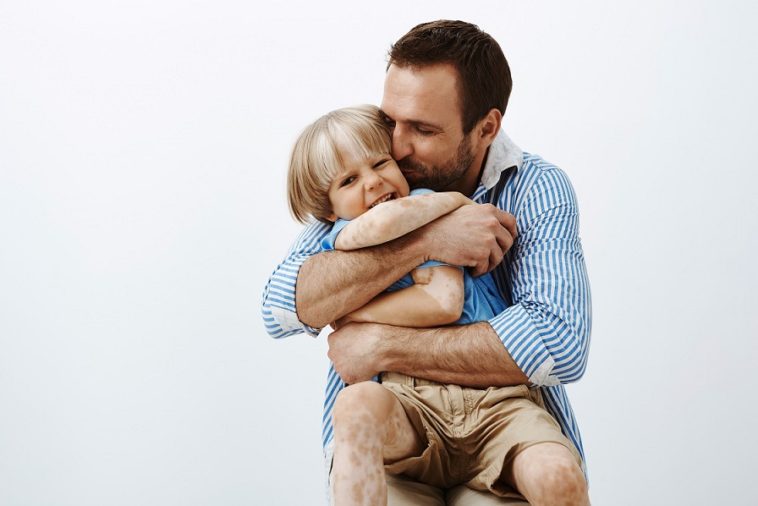When a child is diagnosed with vitiligo, his/her parents feel an extreme sense of shock. This is more prevalent in families with brown or dark skin. Understandably, it is tough for any parents to accept their child’s ever-changing appearance, however, it is important to be brave and instill confidence in your child.
If your approach towards vitiligo is matured, your child will also learn to accept the chronic skin disorder gracefully. Here’s a guide that will help you and your kid cope with the reality in a stress-free way.
Accept the reality
Do not panic. Medically speaking, vitiligo is not a serious disease. In fact, the chronic skin disorder is less serious than allergy, migraine or, colds, without any suffering associated with it. So, there is no point in putting your kid through harsh treatments that can mess up with his/her immunity. Once you accept and acknowledge vitiligo, it becomes easier for the child to face the world with confidence and be less conscious about it.
Put your child first, and vitiligo second
Children face a lot of pressures as they grow up, all of which intensify when they enter school age and seek to be accepted by their peers. Hence, putting your child as a person first is critical. You want the children in school to accept your child as a person, not as a skin condition. So whenever you introduce your kid to someone, say “This is my kid who is interested in soccer and reading,” instead of saying, “This is my kid. He has vitiligo.”
Clear their doubts
Kids are innocent and they are curious to know why they looks different from others. Rather than ignoring his/her questions, educate your child about the skin disorder and debunk some vitiligo myths. If your child understands vitiligo, he/she is more likely to come to terms with it. By addressing his/her curiosity upfront, you can head off some negative comments as well. To make them feel less isolated, buy them vitiligo toys.
Don’t try to hide their spots
Kids are very sensitive and sharp. Making them wear such clothes that hide their patches may induce a sense of inferiority complex. It’s best to allow your kid to make some choice, irrespective of the visibility of vitiligo.
Don’t examine the vitiligo spread very often
We urge all parents not to search for new vitiligo spots, every day. Doing so will show the restlessness and fear in your mind. This will also make the child more conscious towards the chronic skin disorder. Examine the spread only once in a month. It won’t hurt to do that when your child is asleep.
Ignore the ignorant
Most parents already know that vitiligo is not contagious or infectious. However, some segments of society might consider vitiligo as a stigma, which must be ignored by you. If you reflect on what other say, worrying would not really help. The acceptance of vitiligo is getting better. You and your child should be aware of it. Show them pictures of some celebrities with vitiligo.
Communicate Often
Kids often hide their emotional problems from their parents, including taunting or bullying in school. That’s why you have to communicate with them often. Most children with vitiligo reduce the social interaction due to unkind remarks. It’s your responsibility to listen to their doubts and face unpleasant incidents together.
Be supportive and prepare the child for some situations that might arise. With your and his/her teachers’ support, your kid can easily accept the fact that his/her skin does not match the skin of his/her peers, but such distinction really doesn’t make any difference.

